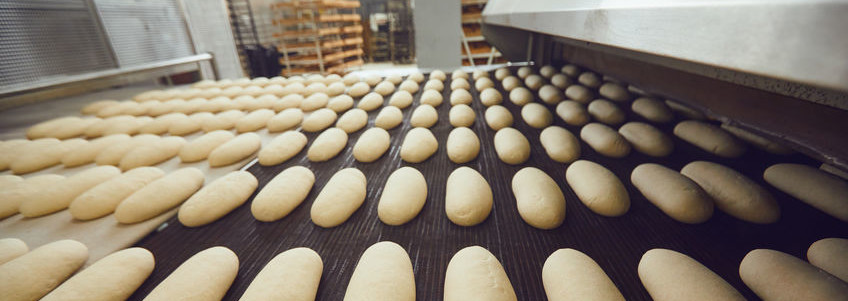
If you’re troubleshooting your oven, there’s plenty to look at. However, did you know checking the heat flux can be the best non-intrusive indicator of how well your oven’s preforming?
What is heat flux?
The definition is, “the amount of energy transferred per unit area per unit time from or to a surface.” Or more simply, it’s a way to measure the heat delivered to a product during baking by:
- Radiation
- Convection
- Conduction
Every product has its own unique mix of these heat flux components, so each has its own heat flux profile.
How can a oven heat flux profile improve things?
By understanding when and how much heat the product baking got, you can understand why one bakes differently than another. Heat flux profiles are often used when trying to produce the same product on two different lines, or when trying to transfer a product from one line to another.
The ratio of heat flux components is an important factor for baked product quality. Even if the same amount of heat flux is delivered to a given product, the convective heat transfer may vary. The variation could affect energy consumption as well as the appearance and quality of the baked product.
Oven heat flux profiles can also influence the hardness, chewiness, gumminess, and color of baked products. For example, cake will have more uniform top surface appearance with a low convection effect, but remarkable gradient in darkness on the outer surface when baked with a high convection effect.

